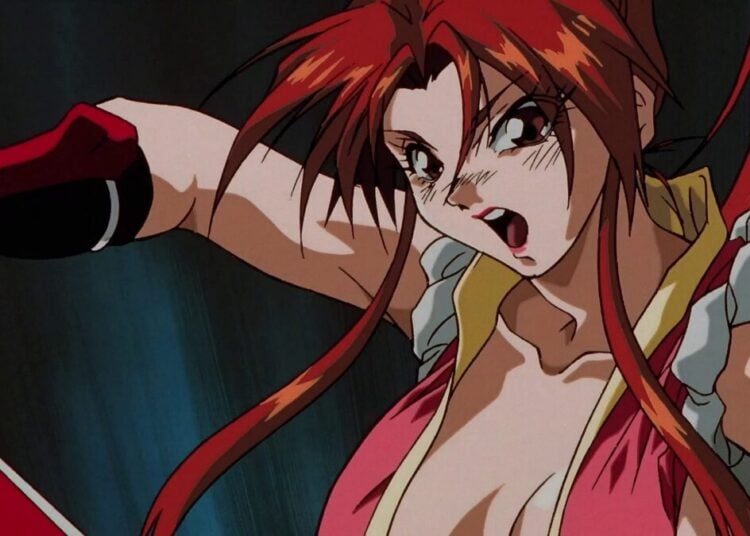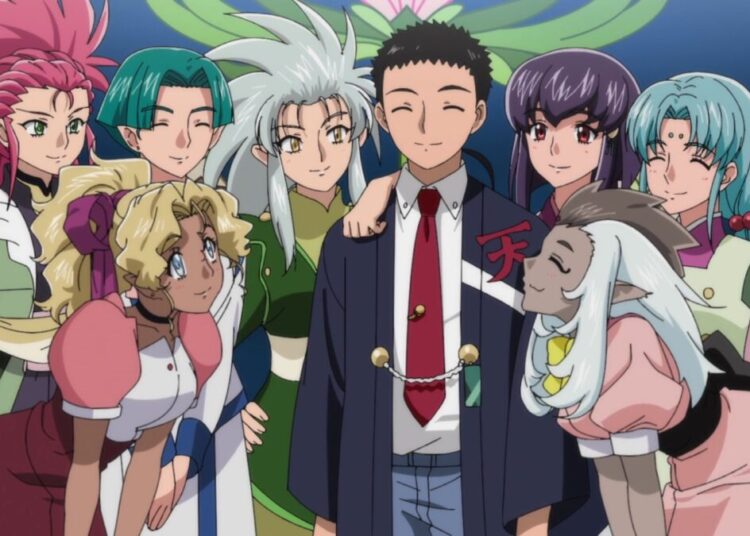The 1990s weren’t particularly known for breakthrough Western adaptations of Japanese manga and anime, whether theatrically or direct-to-video. If you were alive at the time, chances are you’d find trash rather than gems, more often than not. This was certainly the case for Fist of the North Star (1995), and much the same could be said for the first of its kind: the 1991 live-action The Guyver. Thankfully, it’s the good kind of bad.
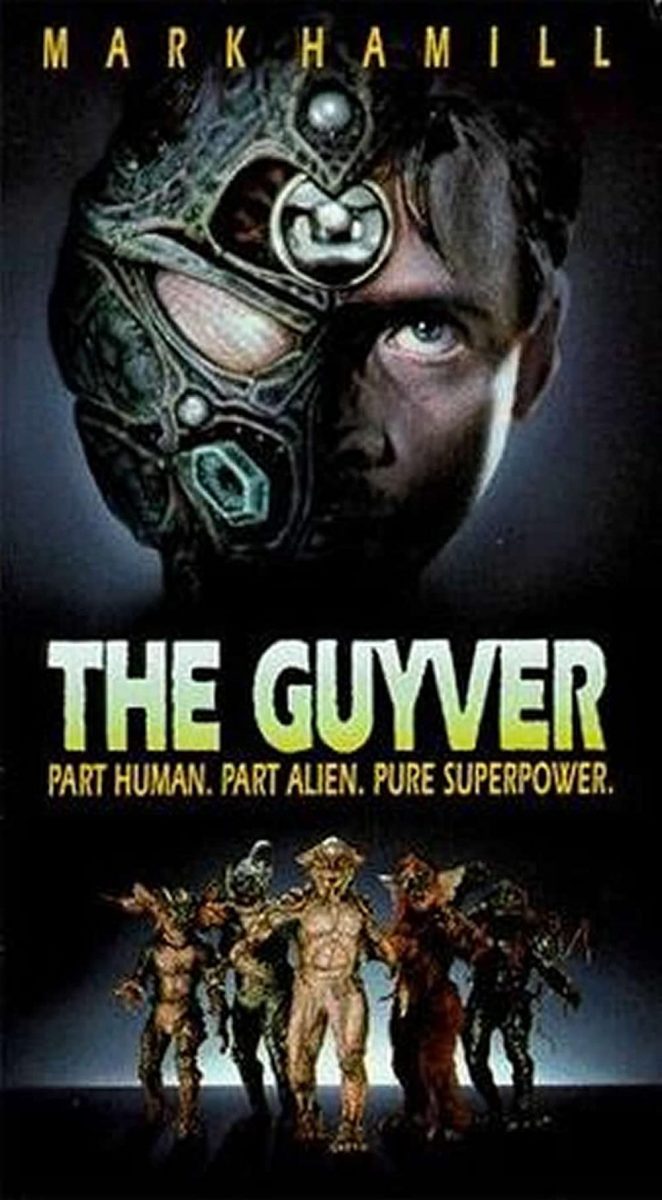
Also known as Mutronics in Latin America and Europe, this movie was distributed by New Line Cinema in the US, produced by Brian Yuzna, and co-directed by special effects experts Steve Wang and Joji “Screaming Mad George” Tani, the latter in his only directorial role. On top of trying to bring Yoshiki Takaya’s long-running Bio-Booster Armor Guyver series (1985 onwards) to life for Western audiences, it also marked the first time Hollywood even attempted to do something like this at all.
Unfortunatly, it stumbled almost immediately upon release. With a $3 Million budget — comparable to the infamous direct-to-video Captain America (1990), and in spite of having the support of Shochiku Films — a wildly inconsistent tone, and amateur-hour fumbles, it only contributed to lowering expectations for later projects down the line. Beyond just poisoning the well, it wasn’t even sure what it wanted to be.
The German trailer for the film (known in Europe as Mutronics), which doesn’t succeed in fully hiding the schlock lurking within, despite its attempts to showcase the special effects and novelty. Circa 1990-91. (Source: YouTube)
There’s more to this flick, however, than just the awkward birth-pains that come with adapting foreign work. Many of the same things that make the movie seem crappy to critics also make it rather enjoyable in its own right.
Identity Crisis
The Guyver is the story of a young man named Sean Barker (Jack Armstrong), who stumbles upon an alien “Unit” after Dr. Tetsu Segawa (Greg Paik) dies trying to smuggle it out of the evil Chronos Corporation. Not only has the device bonded to the teenager, but as he soon discovers, he can summon forth the titular biomechanical armor, granting him a variety of superhuman abilities. Meanwhile, the firm’s president, the evil Fulton Balcus (David Gale), sends his living bioweapons, called Zoanoids, to find both the Unit and the doctor’s daughter, Mizuki (Vivian Wu), for his plans of world conquest. With CIA agent Max Reed (Mark Hamill) as an ally, it’s a race to save the future of humanity, before it’s too late.
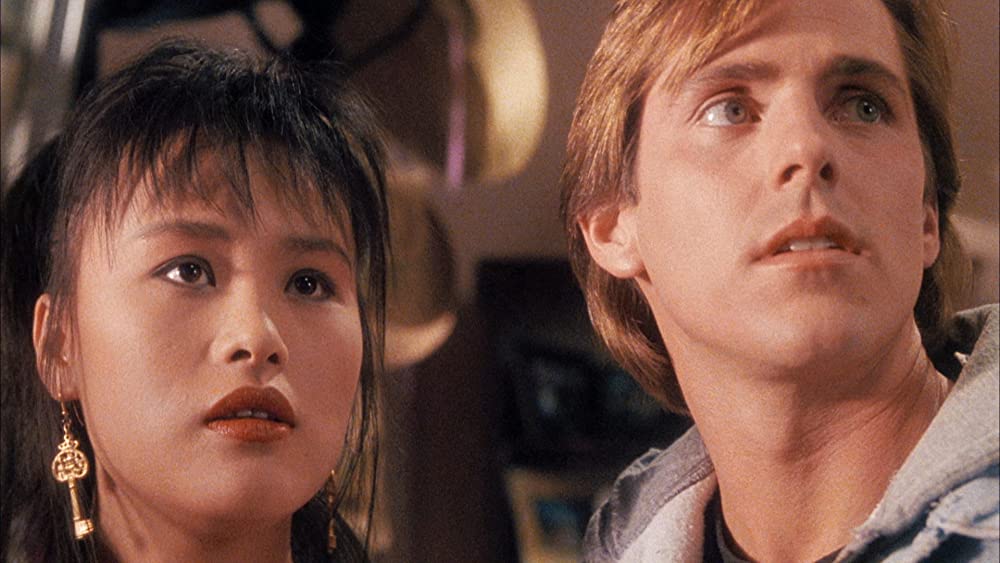
The movie certainly takes more than a few liberties with the source material. Aside from shifting the setting to the US — with Sean evidently being an Americanized Sho Fukamachi, for instance — it also tries to make the premise more relatable to Western audiences, especially with how the “evil megacorp doing shady activities” aspect ala RoboCop is given more emphasis. This also translates into some of the more questionable decisions, such as having the Zoanoid goon Striker (Jimmy Walker) be a gangsta caricature with terrible rapping skills, and the out-of-place comical cues in the background music.
This sample of Striker’s (Jimmy Walker) horrendous solo highlights the movie’s bad scriptwriting, questionable comic relief moments, and the actor’s incapability of rapping, all at once. (Source: YouTube)
Coincidentally, this jarring tendency to shift between camp and body-warping violence is indicative of an identity crisis. On the one hand, it attempts a weird middle-ground between a Super Sentai show — something that’s characteristic of Steve Wang’s work — and a late ‘80s Saturday Morning Cartoon, resulting in moments of forced humor and out-of-place hijinks. On the other hand, the filmmakers try to retain their penchant for gore and brutal transformation sequences as seen in the manga and OVAs, which are right up Screaming Mad George’s alley in terms of expertise. In practice, you could tell that, in spite of having a combined portfolio that includes involvement in Predator (1987) and Bride of Re-Animator (1990) among others, that experience didn’t carry over into directing.
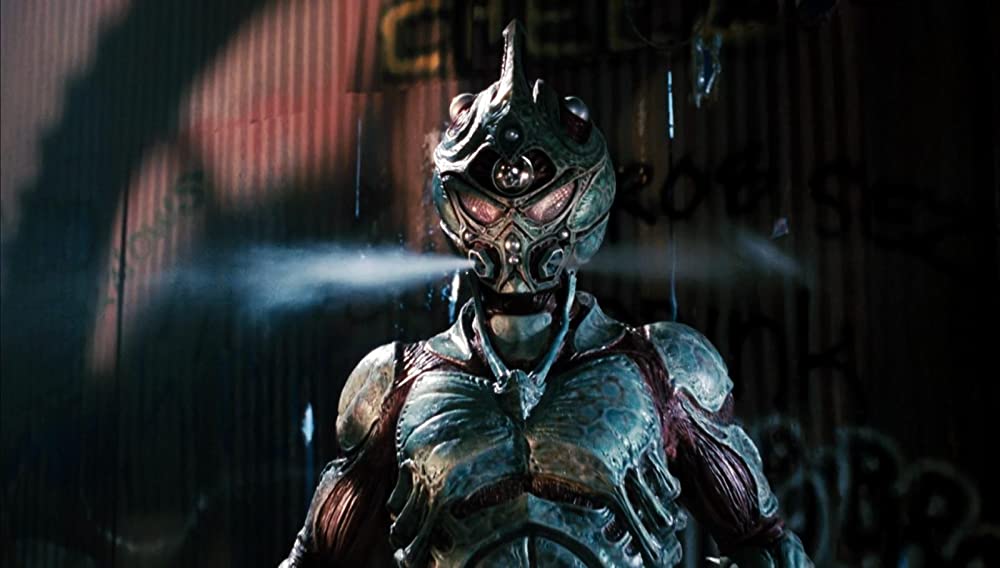
These aren’t helped by how amateurish the rest of the execution is. The hero fails to be convincing, Armstrong’s stilted performance and sloppy fight scenes — on paper meant to highlight Sean Barker’s inexperience, though fails in practice — being neither action star material nor befitting a Shonen protagonist. The dialogue, by and large, wouldn’t be out of place in any Saturday Morning Cartoon from the period, further adding to that confusing dissonance. Combined with some cheap-looking Zoanoid costumes and executive meddling post-production — leading to the movie’s American release being cut to emphasize the humor even more — you’re left with an unwieldy patchwork of ideas that isn’t sure if it wants to evoke a bloodier version of Teenage Mutant Ninja Turtles, or be a budget knockoff of John Carpenter’s The Thing (1982).
A Grand Mess
Even with all that being said, The Guyver still manages to be surprisingly entertaining, if somewhat unintentionally. The aforementioned amateurish execution can be as hilarious as it is cringeworthy, be it the corny musical cues or the sight of thugs and scientist-themed Zoanoids being moronic. The co-directors’ background in character design and special effects, meanwhile, make them among the best parts of the whole package, from the impressive-looking armor to the visceral transformation sequences, at least when those show up. Not bad for what is, for all intents and purposes, the first American movie based on a manga.
While the goofy music and hilariously bad overacting tend to be center-stage, there are moments that show elements clearly taken from the source material, such as the Guyver Unit’s ability to regenerate people from practically nothing. (Source: YouTube)
This isn’t to ignore how much of the cast seems in on how bad the film is, with them making the most of the situation. Mark Hamill’s acting as Reed is undoubtedly another high point, often upstaging his co-star through sheer charisma. Then there’s noted character actor David Gale hamming it up as Balcus/the Zoalord in one of his final roles before an untimely death later in 1991, giving an otherwise ho-hum villain a very memorable impression. The very same campiness that makes the movie so dissonant and unlike the source material, ironically, also saves it from becoming complete rubbish.
This isn’t enough, however, to stave off the inevitably scathing reviews, with critics and fans alike riffing the movie for its flaws. In hindsight, The Guyver foreshadowed the low expectations otaku and the average filmgoer at large would have for Western, Hollywood adaptations of Japanese works, setting a precedent for some conflating such with terms like “sub-par.” Less mentioned, though, is how on top of being the first adaptation of its kind, it garnered enough attention for Steve Wang to have another shot at it through Guyver: Dark Hero (1994): a sequel that’s superior in practically every respect, though that’s a story for another time.
As anticlimatic as the movie’s final battle can seem, the combination of camp and bungled horror succeed in elevating an otherwise unwatchable mess. (Source: YouTube)
While the movie still remains a subject of justified ridicule online, albeit surpassed by the likes of Dragonball Evolution (2009) in terms of actual crappiness, you can’t help but find some joy in spite of the low quality. It’s things like this that give the moniker “so bad, it’s good” an enduring appeal.


